Categoria: Venezia e il Mediterraneo
-
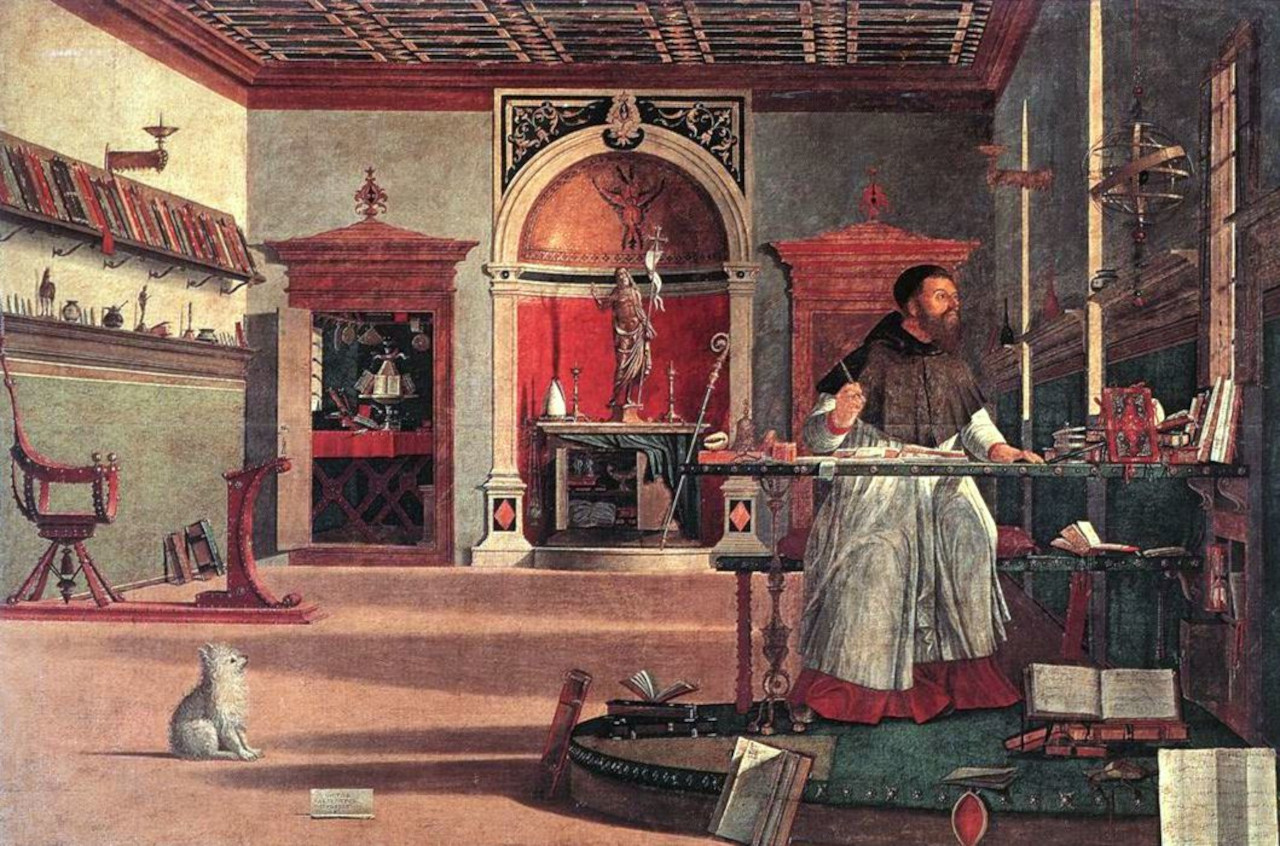
L’ANTIDOTO AI TEMPI BUI. “L’inventore dei libri. Aldo Manuzio, Venezia e il suo tempo”, di Alessandro Marzo Magno. Commento critico di Annarosa Maria Tonin
«Ponga termine dio a queste guerre disastrose che ti conturbano, che da tanto tempo ti distolgono dai sacri studi delle lettere, che non ti consentono la quiete e il tempo libero cui sempre hai aspirato ardentemente per poter onorare quelle arti cui ti dedicasti fin da fanciullo». Aldo Manuzio ad Alberto III Pio, principe…
-

Gondole alla deriva. Il presente precario di un manufatto artistico e di molto altro. Testo di Elisa Bellato
Mi sono avvicinata a questo tema in seguito alla decisione dell’associazione El Fèlze, che riunisce gli artigiani della gondola, di valutare la possibilità di una candidatura UNESCO. Il primo appuntamento sul Ponte di San Sebastiano risale al 2 dicembre 2011. Quella giornata di inizio dicembre ha determinato un cambio sostanziale della mia…
-
Tobia Ravà
Tobia Ravà, artista multimediale. Nato a Padova (1959), lavora a Venezia e a Mirano. Ha frequentato la Scuola Internazionale di Grafica di Venezia e Urbino e poi si è laureato in Semiologia delle Arti all’Università di Bologna, allievo di Umberto Eco, Renato Barilli e Omar Calabrese, Flavio Caroli. Nel 1971 inizia la sua attività pittorica…
-
Živa Kraus
Živa Kraus artista, curatrice e gallerista. Figlia di Ivo Kraus e Herma Delpin, nasce a Zagabria insieme al fratello gemello Ognjen Kraus. La madre Herma, medico, fu Ministro della Salute, mentre il padre Ivo, avvocato e procuratore, fu uno dei primi presidenti delle gallerie d’arte contemporanea della città, oggi Museo d’arte contemporanea di Zagabria. Studia…
-
Mario Sillani Dierrahjan
Mario Sillani Dierrahjan, artista e fotografo. Di origine armena, nato ad Addis Abeba nel 1940, vive sul Carso triestino. Fotografo, performer, videomaker, ha esposto in Italia e all’estero (le più recenti esposizioni a Yerevan, Graz, Mosca, Zagabria). Fondatore a Trieste del Centro Fotografico Gamma, dell’emittente Radioattività, delle Edizioni del centro G, del gruppo 78. E’…
-
Valerio Magrelli
Valerio Magrelli (poeta) Valerio Magrelli (Roma, 10 gennaio 1957) è un poeta, scrittore saggista e accademico italiano. Si è laureato in Filosofia all’Università di Roma, insegna Lingua e letteratura francese all’Università di Pisa e Cassino. È autore di molte traduzioni di autori francesi come Mallarmé, Valéry, Jarry, Char, Ponge. Socio fondatore del Sindacato italiano autori…
-

“From the Hellespont: The Mediterranean Experience of Limit” by Romano Gasparotti
1 If we attribute the distinction between the Orient and the Occident to Herodotus, the father of Greek historiography (5th century b.C.), it is important to note that he identified the former as Asie and the latter as Eyrope, locating the border between these two “worlds” in the Hellespont, a strip of sea linking the Thracian…
-
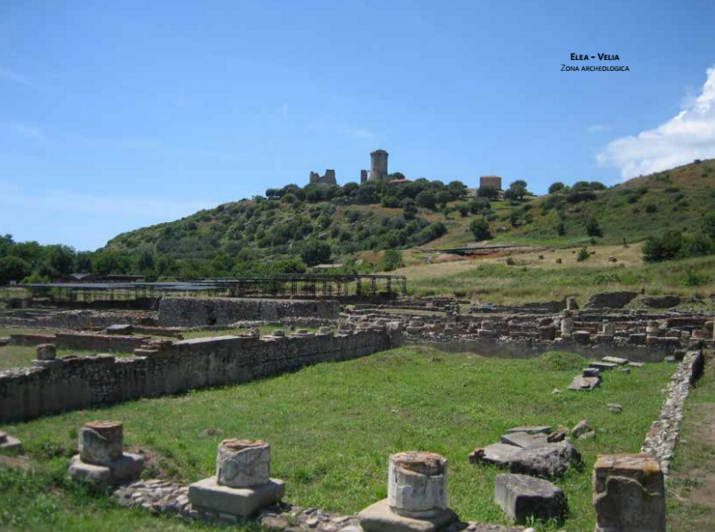
“Dall’Ellesponto. L’esperienza mediterranea del senso del limite” di Romano Gasparotti
1 Se la distinzione tra Oriente ed Occidente sorge con la nascita della storiografia greca ad opera di Erodoto (V sec. a.C.), quest’ultimo identificava il secondo ad Eyrope e il primo ad Asie e collocava il confine tra i due “mondi” nell’Ellesponto, quella lingua di mare che collega il Mar di Tracia con l’Egeo mediterraneo.…
-
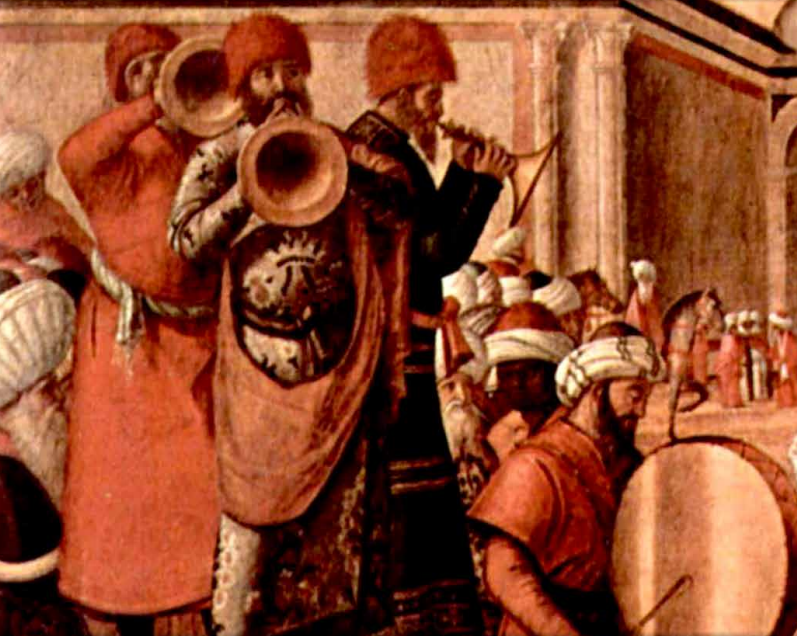
“Venice gateway to the music of the East?” by Giovanni De Zorzi
If in architecture and in the history of figurative arts, the relationship between Venice and the East is unambiguous, in music it is not so. Rather, it almost seems that the city sought to reaffirm its Western and “Flemish” character in contrast to the “other” music that rang out in the Mediterranean and beyond, along…
-
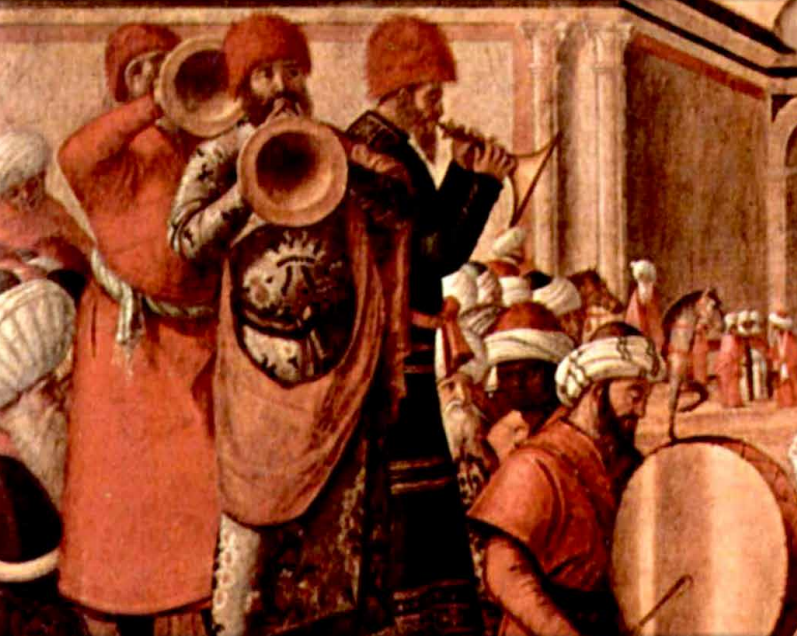
“Venezia porta dell’Oriente musicale?” di Giovanni De Zorzi
Se nell’architettura e nella storia dell’arte figurativa i rapporti di Venezia con l’Oriente sono espliciti, in musica essi non lo sono affatto. Anzi, sembra quasi che la città abbia voluto ribadire tutta la sua natura occidentale e “fiamminga” in antitesi alle musiche “altre” che risuonavano nel bacino del Mediterraneo e più oltre, lungo le Vie…
-
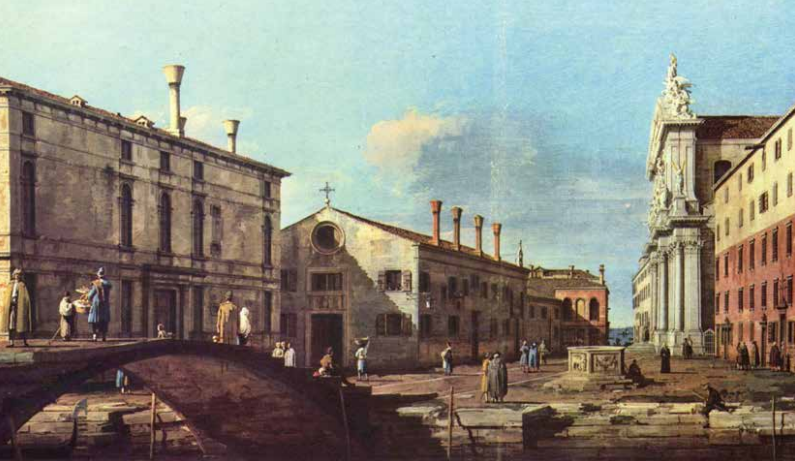
“The “eye” that looks to the East” by Alberto Giorgio Cassani
Notes on the architecture of Venice from its origins to the Renaissance “The Doge’s Palace in Venice contains three elements, in exactly equal proportions: Roman, Lombard, and Arabic. It is the central building of the world” John Ruskin, The Stones of Venice, 1851-18531 In the ancient city of Hatra, in Arabic al – Hadr, a border town…
-
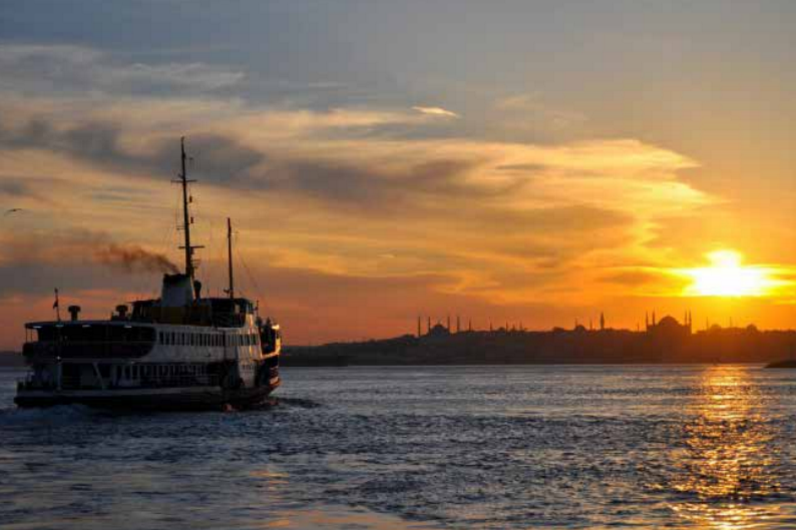
“The Reception of Turkish and Persian Culture in Venice” by Giampiero Bellingeri
G.B. Donà’s volume Della Letteratura de’ Turchi (The Literature of the Turks, Venice 16881)is currently regarded as the first comprehensive study published in Europe about Turkish culture, science, and art. Across the centuries and the various stages of the fickle relationship between La Serenissima (the Republic of Venice) and the ‘despotic’ Ottomans, Turkish culture was…

Devi effettuare l'accesso per postare un commento.